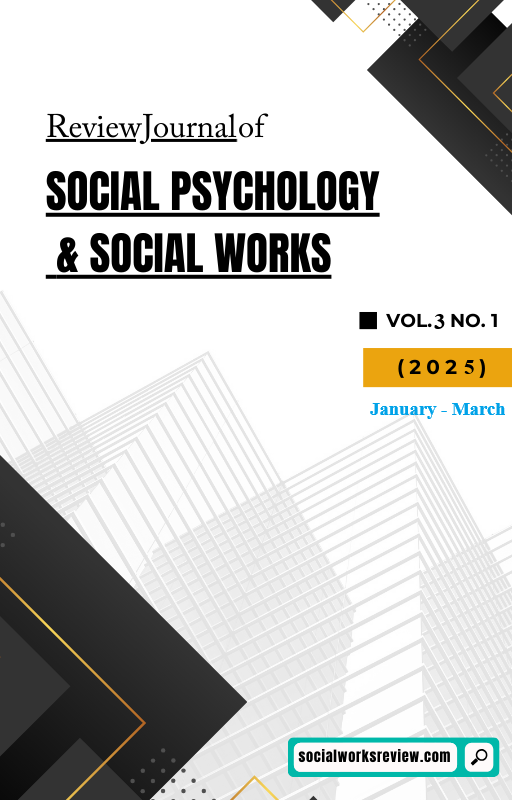Achieving Human Resource Management Sustainability in Banking Sector
DOI:
https://doi.org/10.71145/rjsp.v3i1.82Abstract
The basis for the future expansion and success of a business is the sustainability of human resource management (HRM). The purpose of this study is to look into how Banks achieve HRM sustainability.it is one of the topics that has become increasingly important in the last decade. The key to an organization's success in an age of competition and interconnected environments is its ability to maintain and develop human resources. The aim of this study was to see the impact of the components of sustainable human resource management in Pakistani banks and employs a quantitative research technique design to examine the variables influencing HRM sustainability in banking sector. The study takes place in Pakistan and examines Pakistani Banks. The sample size of 100 employees was determined using the Cochran formula. The data was collected by a questionnaire with 32 statements on a 5-point Likert scale. PLS4 software was used for analysis. The findings show that human resource practices, social factors, psychological factor have weak impact, employer branding have weak positive impact, economic factor and political factor have a positive and significant impact on the sustainability of HRM at banking sectors. The findings indicate that implementing proper HRM methods, as well as associated socioeconomic and psychological supports, is critical for HRM sustainability in banks, which increase banks competitiveness.





